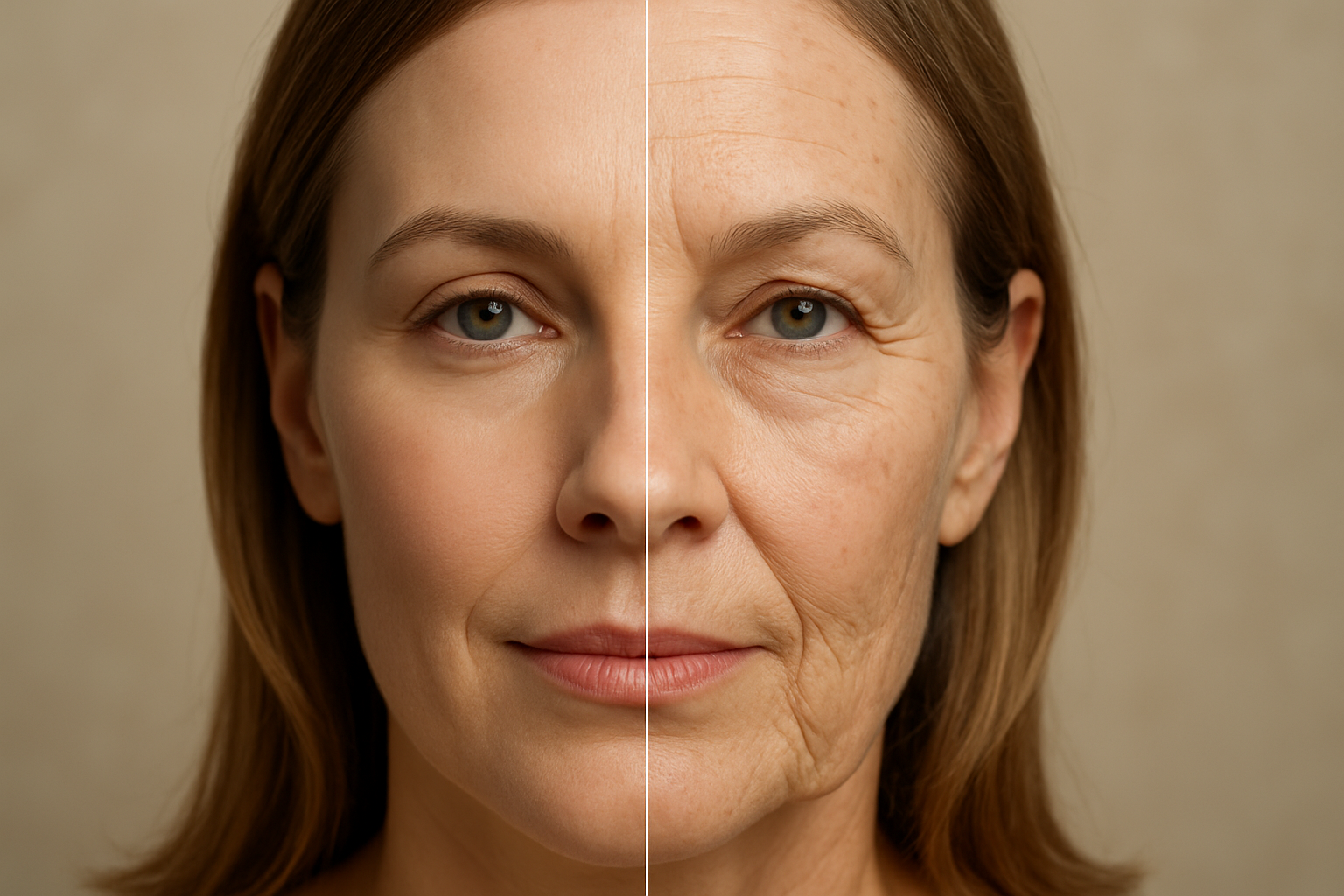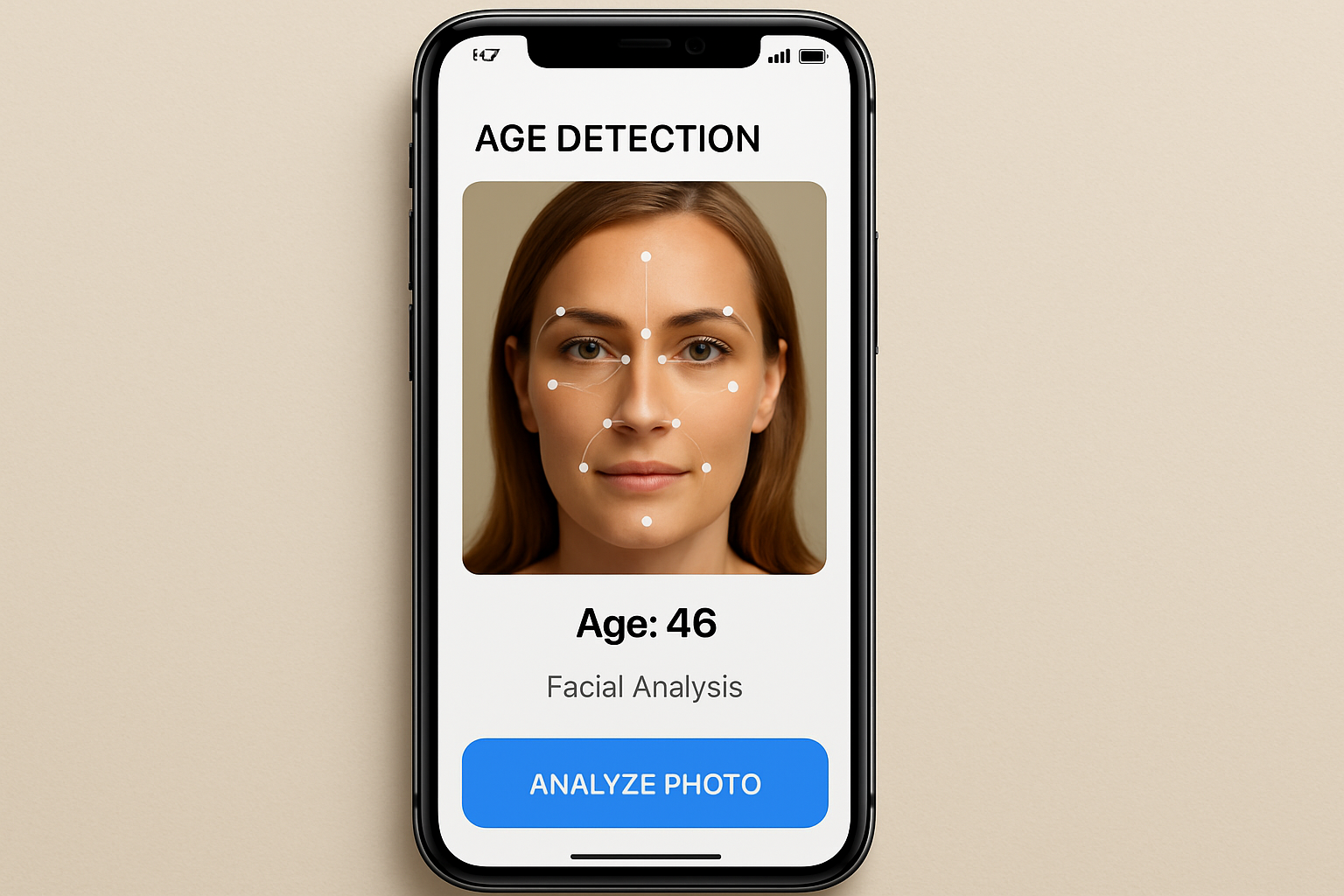How to Find Your Face Age: Do You Look Older or Younger?
We all have two ages: the number on paper, and the one people see. That second one — your apparent or “face age” — shifts with light, rest, stress, and time. If you’re curious where you land, here’s a simple way to find out without turning it into a project.
What “face age” really means
It’s a quick read of cues like texture, tone, volume, and expression patterns — not a medical diagnosis. Genetics, sunlight, sleep, and care all nudge it up or down. It may not match your birth year, and that’s normal.

How to estimate it
Start with a clear, natural photo in soft light. Use one or two reputable AI tools to get a quick estimate; treat the number as a range, not a verdict. If you’re seeking precision for skincare planning, a dermatologist can offer a more detailed, in‑person assessment. For everyday curiosity, a good photo and a couple of checks are usually enough.

What nudges it up or down
Sun exposure without protection, stress, poor sleep, dehydration, and smoking tend to add years. Consistent sunscreen, steady sleep, hydration, and gentle skincare often subtract them. Small, boring habits matter most.
A few quick tips
Use a recent photo in soft, even light. Face the camera head‑on with a relaxed expression. Avoid heavy filters or makeup that blur texture. If you can, try two photos on different days and compare.
What to do with the number
Treat it as a nudge, not a judgment. If it skews older, start with the basics — sunscreen, sleep, hydration, stress care — and give it a few weeks. If it skews younger, great; keep doing what works. In both cases, compassion beats perfection.
Closing
Face age is just a snapshot, shaped as much by light and life as by time. Use it to gently guide habits and set expectations for aging results — not to measure your worth. If you want more practical help, try these next:
Related reading: